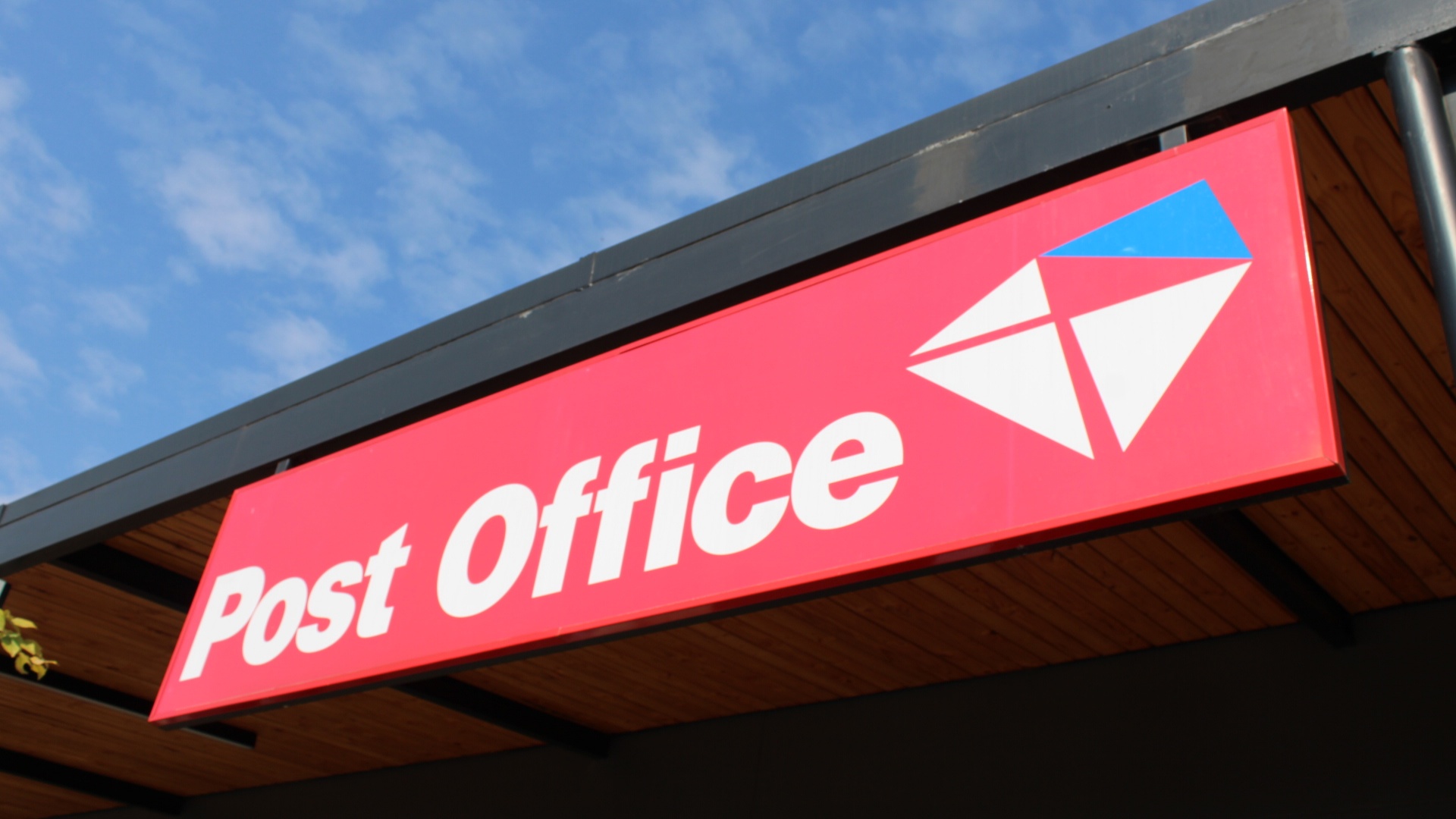The South African Post Office (SAPO) is warning people about a new scam that appears to be gaining traction. The scam in question asks people to pay money into a fraudulent account in order to “release” their package or order. Taking to social media, the SA Post Office has confirmed that such a procedure would never happen, and if any payment were needed, it would be at the Post Office branch itself.
The latest scam SMSes spotted now feature the SIM card holder’s name, which is fooling people into thinking that it is a genuine message from the Post Office.
Emails are also being sent out from the organisation can tell, with both featuring a link prompting people to click on it. From there it takes you to another site where payment is made, but again, this is not a procedure that the Post Office employs in order to collect a package.
Yet another scam – now with the name of the SIM card holder in the message. Please do not respond: This leads you to a site asking for payment, and it is NOT from the Post Office. We never ask for payment before you collect your parcel. pic.twitter.com/qlWRd35Imh
— SA Post Office (@PostofficeSa) July 20, 2021
“The emails and messages differ in format, but they all contain a link. Should the receiver click on the link, a page requesting payment opens where the receiver can make a payment to ‘release’ a fictitious parcel,” explained SAPO spokesperson Nobuhle Njapha.
Njapha reiterated that the only messages or correspondence that customers will receive pertain to collection and nothing else, confirming the branch where their parcel or package is ready.
“This parcel should be collected as soon as possible to make sure it is not returned to the sender. Post Office branches have separate queues, so if you collect a parcel you will not have to queue with customers collecting a social grant,” the spokesperson adds.
It is easy to see why people are falling for the scam, however, given the increasing popularity of ecommerce as a result of the pandemic, particularly for products ordered from overseas, which often require additional payment beforehand in order for courier companies to deliver. That said, the SAPO does not operate in such a way.
If you have ordered something that is being handled by the Post Office and do receive a suspicious text or email asking for payment, it is best to use resources like the parcel tracking to see where your package actually is.

